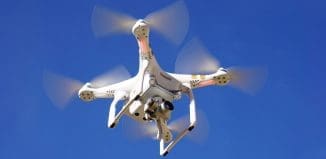‘On Scene Eyes’ for First Responders
This post is also available in:  עברית (Hebrew)
עברית (Hebrew)
When it comes to emergency situations, having as much information as possible is beneficial for responding agencies to be able to react as quickly as possible once arriving at the scene. For law enforcement, those moments between the call and when police arrive are often the most critical, and it is imperative that they know in advance what is wrong, where the callers are, who they are and who is in danger in order to dispatch the right resources.
An advanced software – 911eye live footage – offers instant ‘on scene eyes’ to the Public Safety Telecommunicators (PSTs); providing immediate insight which helps them to assess the scenario and, with caller’s location visible on integrated maps.
The system allows a dispatcher to send a link — with the permission of the caller — to the caller’s cellphone via an SMS text message or an email address. Clicking the URL link enables a secure, one-time-use communication corridor between the caller and the dispatcher. The link allows the caller to activate a live stream, send a photo and chat with the dispatcher. The dispatcher can then share the stream with the responding agency.
The software also shares the GPS coordinates with the dispatcher. Other current technologies are based on a triangular system to pinpoint the caller’s location between three cellphone towers, with an accuracy of roughly 5,000 meters, while 911eye is accurate to within 5 meters, according to cantonrep.com.
Videos, photos and chats are saved for 30 days on the database, but can be downloaded to include in reports as evidence. Chats are between the dispatcher and the caller and are not visible to first responders. The database is secure and cloud-based that meets the security standards for the FBI, according to the 911eye website.
Multiple streams from a single incident can be viewed and any of these can be shared across the organization to supervisors and officers to further support decision-making.




























